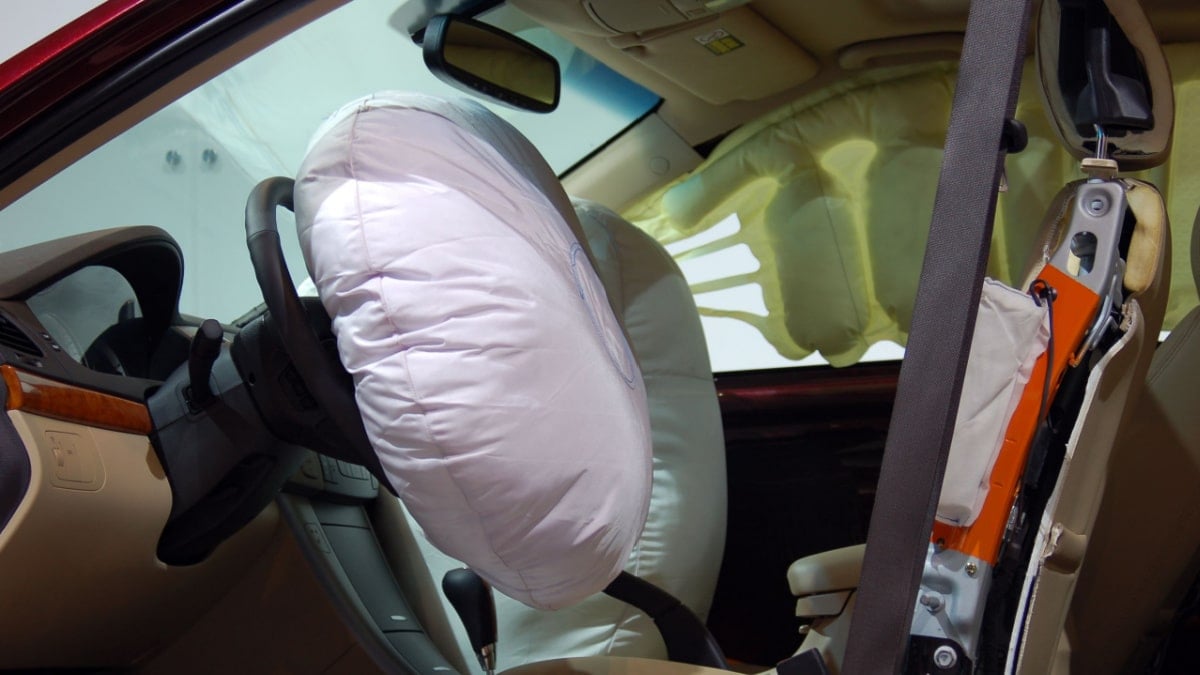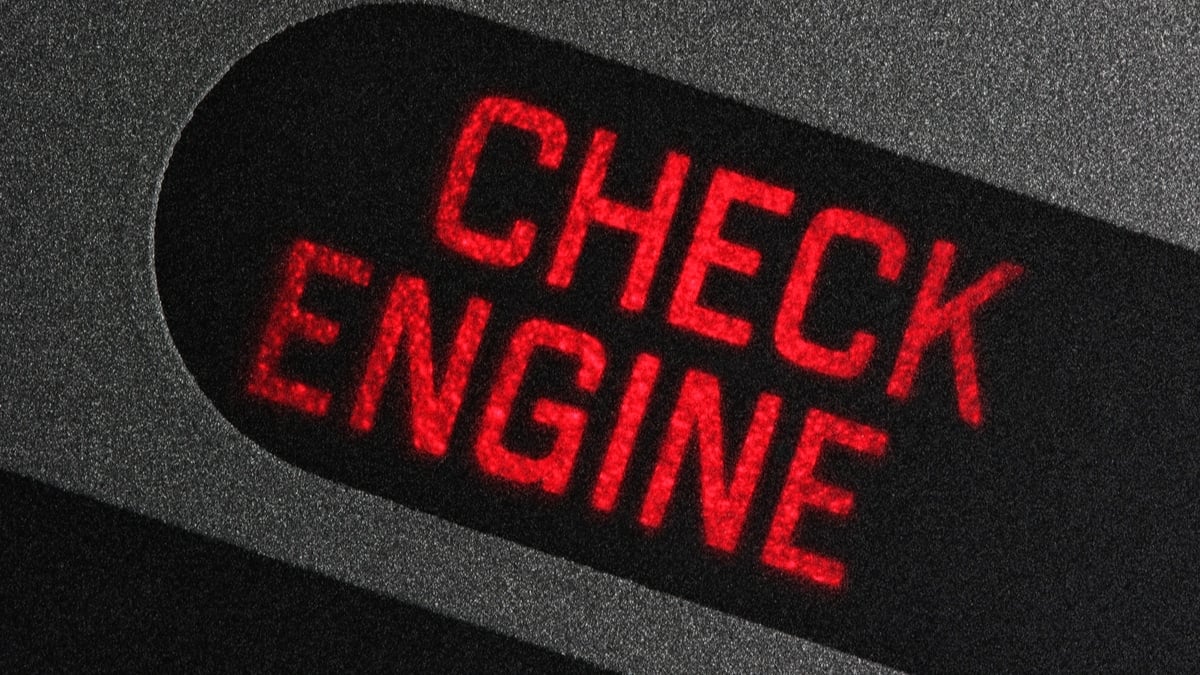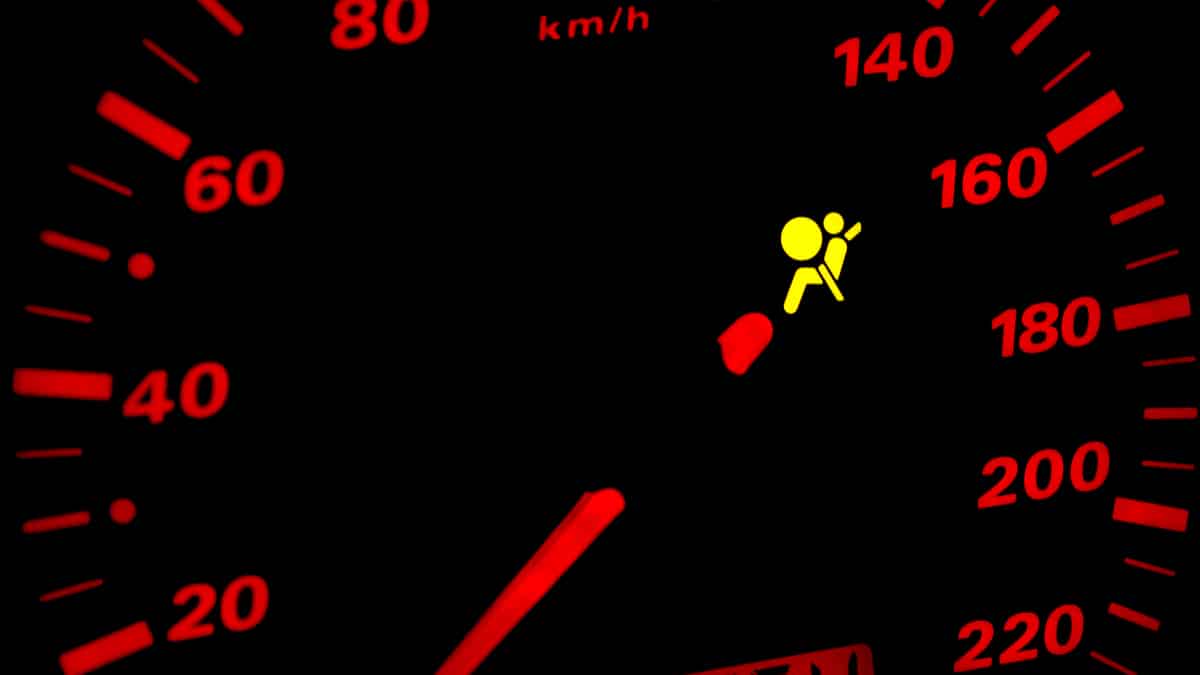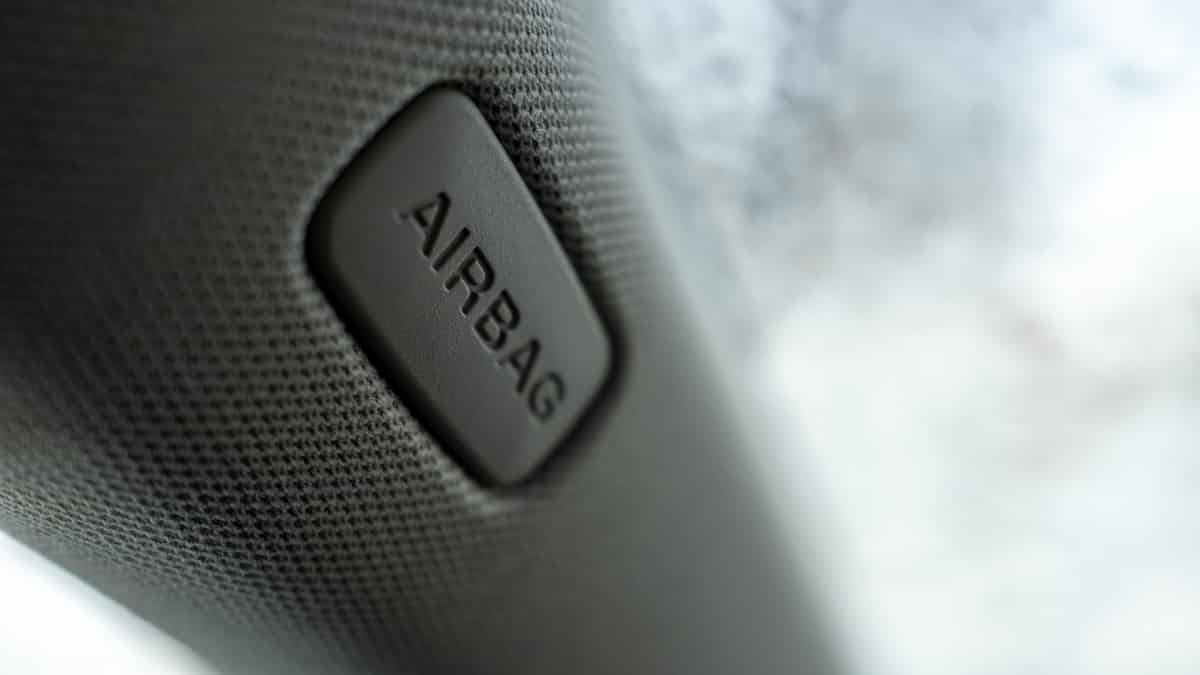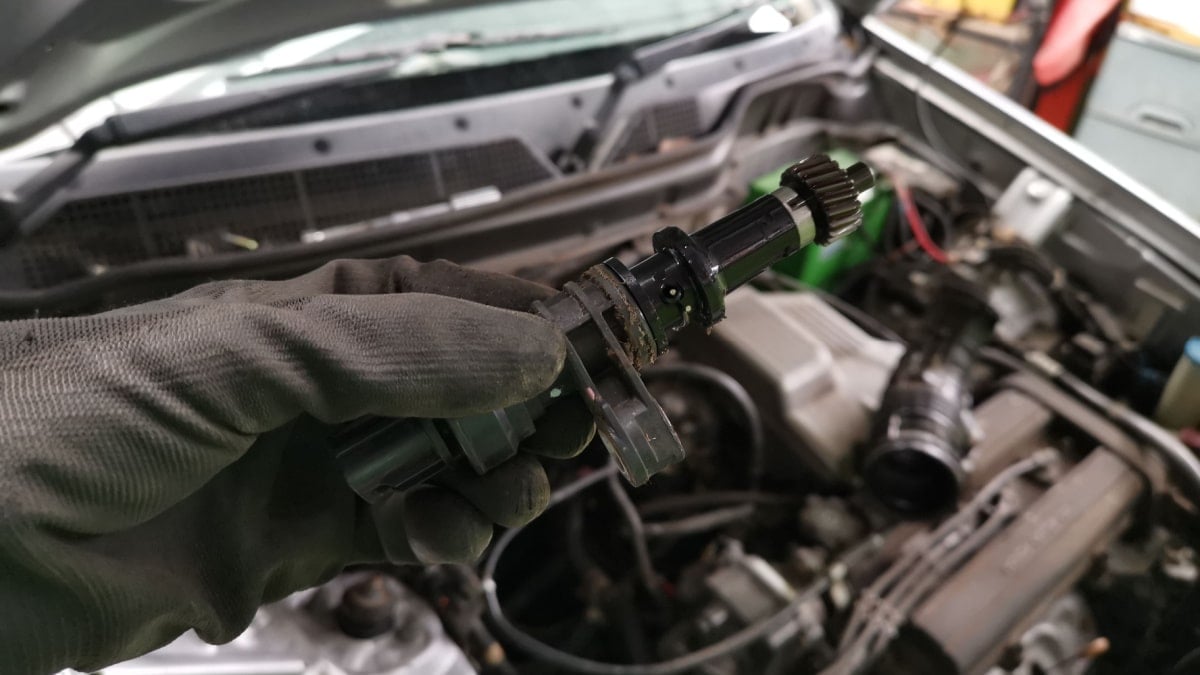Airbags are a required safety feature in today’s automobiles. They are designed to deploy when an accident occurs, thereby preventing serious injuries. But, at what speed do airbags deploy and what would cause them to fail?
These are all valid questions that we seek to answer. We give you all of the basics about airbags and deployment. In this guide, we evaluate various speeds and discuss reasons that the system fails. We also look at why there are so many airbag lawsuits. Plus, we answer your top airbag questions, so you can stop wondering.
At What Speed Do Airbags Deploy?
According to the IIHS, front airbags deploy between 10 and 12 mph when an unbelted occupant is involved in an impact that involves a rigid wall. Belted occupants won’t have the airbags deployed until around 16 mph because the belts provide more protection.
Additionally, side airbags deploy around 8 mph when there’s a narrow object crash, such as a pole or a tree. The deployment occurs around 18 mph when the side impact is more widely distributed.
What Triggers Airbag Deployment?

In your vehicle, there are various airbag sensors monitoring for any potential crashes. The sensors are located around the vehicle, based on where the corresponding airbag is. For example, front airbags are going to use sensors in the front of the vehicle, while a side airbag receives information from the side of the car.
When a collision occurs, the sensors relay the data to the car’s computer. If the speed is high enough and the collision fits the required parameters, the corresponding airbags will deploy.
How Do Airbags Work?
Front airbags are located in the steering wheel of the vehicle and in front of the passenger. There are also airbags at other locations. For example, your car may contain these airbags.
- Front airbags (required by law)
- Side airbags (for side impacts)
- Side curtain airbags (for rollover incidents)
- Knee airbags (to prevent shattering kneecaps)
- Inflatable seat belts (to spread the impact across a larger area of the body)
Airbags are made from a light material. When activated, the airbag fills up with gas. This process only takes a fraction of a second, so there’s no waiting around. When the airbag is full, the person receives complete cushioning from the impact. The airbags are meant to protect from head injuries, spinal cord injuries, lacerations and more.
Brief Airbag History

John W. Hetrick invented the airbag. He was an American industrial engineer who not only constructed the first prototype airbag but also patented it in 1952. This prototype was built at Hetrick’s kitchen table.
Breed Corporation took the prototype of the gas-filled envelope that automatically inflates and further enhanced the creation. This company added some trigger sensors that helped to determine when the airbag would inflate.
By the late 1960s, the Big Three American companies started to look at using the airbag design. It can be first found in the General Motors Buick Electra in 1974.
It didn’t take long before automakers realized the value of the airbag. It was capable of preventing and reducing a lot of injuries. For that reason, the federal government decreed that all new cars must have front airbags by 1998. Since then, several other airbag designs have been implemented, only further handling the safety of occupants.
Why Would Airbags Not Deploy?
While airbags have come a long way over the years, malfunctions can still occur. In some cases, the airbags may not deploy even though you think they should have. Yet, in many cases, the lack of deployment is just normal operation.
Here are the four most common reasons that the airbags won’t deploy.
1. Speed
If an accident occurs at low speeds, the airbag may not deploy. The cost to replace an airbag can be very high, depending on your car model. Therefore, you don’t want the airbag to come out for a simple fender bender. If your speeds don’t exceed the levels discussed above, you can expect the airbag to remain intact.
In some cases, the airbag can deploy when you aren’t moving at all, such as when the object hitting you is moving at a fast rate of speed. However, the engine must be running for this to occur. Airbags aren’t going to deploy when the car is parked and turned off.
If the airbag hasn’t deployed at higher speeds, you are looking at one of the other problems.
2. Nature of the Accident

Airbags only deploy for certain types of accidents. According to the NHTSA, the impact’s location is going to be one of the largest factors determining if the airbag should deploy.
As an example, the front airbags should deploy when there’s a moderate to severe impact to the car’s front bumper or corner of the vehicle. The sensors must be struck for the airbag to be deployed. For this reason, a front airbag may not deploy if you are involved in a rear-end accident or side collision. On the flip side, various airbags can deploy during a rollover incident simply because of how many sensors get activated.
3. Passenger Airbag Switched Off
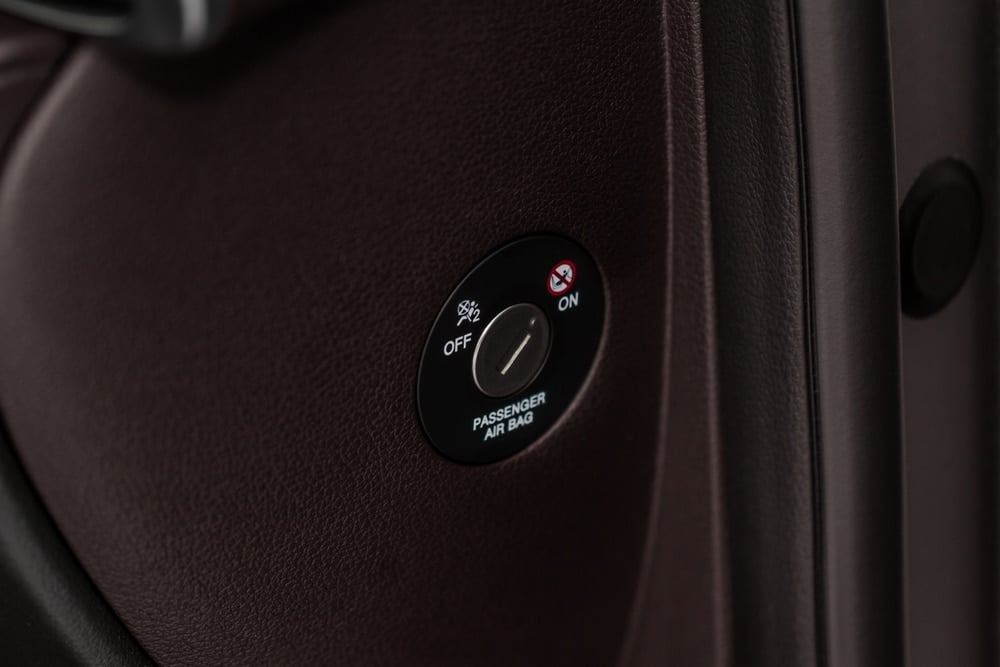
When there’s not a passenger in the car, that airbag isn’t going to deploy. There’s no reason for the added repair cost if there’s no occupant to protect.
The front airbags system contains sensors in the passenger seat on most car models to determine when to activate. If there’s no one there or a smaller person, such as a child, the airbag will deactivate.
On many car models, there is also an ON/OFF switch for the airbag, and if it’s switched off, it won’t deploy at all.
4. Faulty Airbag Components
The airbag system is complicated and includes numerous parts. If any one of these parts fails, it can cause airbag issues.
Modern vehicles have an airbag light to show you when something has failed. For this reason, you should pay attention to this light and take action to have it repaired immediately.
Will Airbags Deploy When the Car Isn’t Moving?
It might surprise you to know that the airbags can deploy even if you are sitting still. Let’s say you are sitting at a red light and a vehicle comes barreling through to hit you head-on. As long as that vehicle is traveling fast enough, your front airbags are going to activate and inflate.
On the other hand, your airbags can’t go off if the engine isn’t running. Therefore, if you are sitting in a parking lot and the car is off, your airbags won’t deploy during a head-on collision.
Airbag Lawsuits
Even though the airbag is designed to prevent injury in a crash, it is also the subject of injuries from time to time. When the airbag doesn’t deploy as it should, it can allow for more significant injuries that wouldn’t have occurred otherwise. For this reason, lawyers across the country file wrongful injury and death cases against automakers on a regular basis.
What’s more alarming is when the airbag system is defective, leading to increased injuries. An example of this can be seen with the massive Takata airbag recall. This recall occurred because around 67 million airbags could explode when deployed. Not only does this defect lead to larger injuries, but it can also cause death.
If your vehicle is part of this recall and hasn’t been repaired, it has been issued a Do Not Drive warning. You should park the vehicle until it can be repaired by an authorized dealer. Continuing to drive only puts you at risk for an injury.
At What Speed Do Airbags Deploy In A Rear-End Collision?
Front airbags don’t normally deploy during a rear-end collision unless it causes a chain reaction that causes you to hit something in front of you. The sensors for the front airbags are located in the front of the vehicle and don’t generally get activated during a rear-end collision.
At What Speed Do Side Airbags Deploy?
Side airbags tend to deploy around 8 mph if a narrow object crash is involved, such as a pole or a tree. The deployment should also happen at speeds of about 18 mph when the side impact is more widely distributed. In some cases, a side impact can also cause the front airbags to deploy. Also, if a vehicle hits you at a high enough speed, but your car is stationary, it will still deploy the side airbags.
At What Speed Should Airbags Deploy in the UK?
Despite popular belief, the UK measures speed in mph, not km. For that reason, the front airbags should deploy between 10 and 20 mph, depending on whether the occupant has a seat belt on or not. It will also depend on whether the object that has been hit is rigid or soft.
At What Speed Do Airbags Deploy In Km?
By converting the deployment speed from mph to km, you can see when the airbag should inflate. On average, the airbags deploy between 16 and 32 km/h. Additionally, the front sensors need to hit a solid object for the airbags to deploy.
Figuring out when the airbags deploy is helpful if you are worried about your safety. However, there’s nothing you are going to do that changes whether they deploy or not. You are subject to however the sensors work and based on the way the system is set up.
Of course, we cannot stress enough how important it is to avoid accidents in the first place. Not only can you become severely injured by the accident, but a malfunctioning airbag can be even worse. On top of that, once the airbag deploys, you have to pay for a replacement, which quickly adds up to thousands of dollars. For this reason alone, many cars end up as a total loss by the insurance company once the airbags are deployed.
Categories: Airbag
